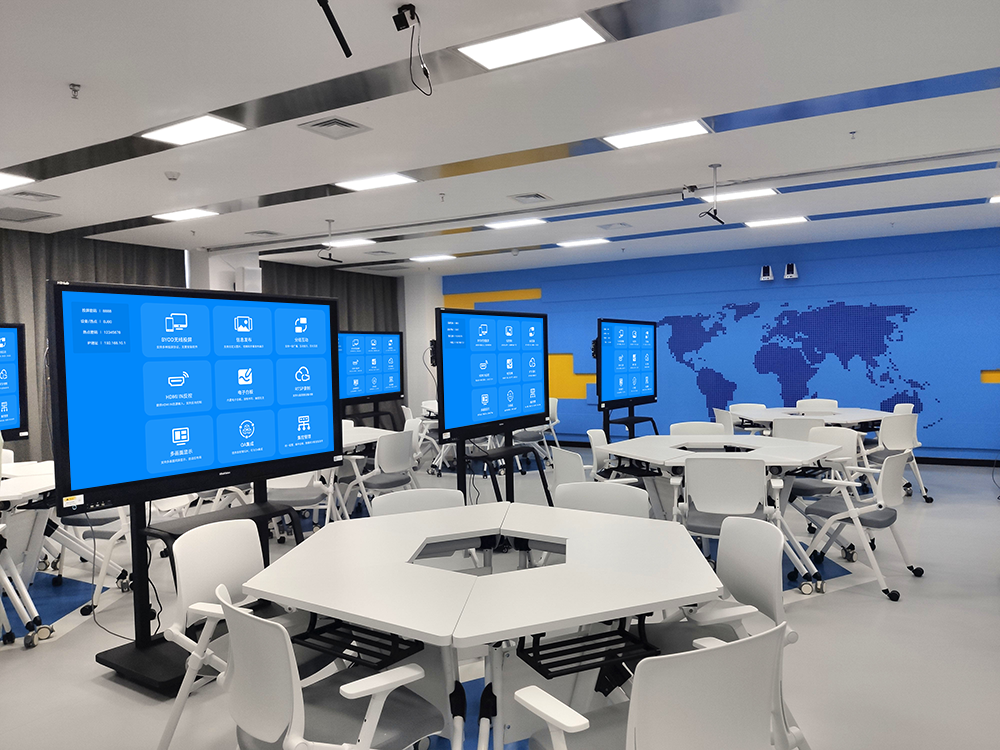Modern educational concepts emphasize students’ dominant role and collaborative learning. The in-depth integration of wireless screen mirroring technology and group discussion teaching models provides technical support for building truly
interactive classrooms.
Traditional projectors only served as demonstration tools for teachers. In contrast, interactive classrooms integrated with wireless screen mirroring function as collaboration platforms that support multi-directional information flow—connecting teachers, students, and learning content seamlessly.
When working on a topic, group members use tablets to co-create mind maps or documents. They then share the content to the group’s display screen in real time via wireless screen mirroring, enabling everyone in the group to view and edit together.
Each group simultaneously casts their final results to the classroom’s main screen or multiple split screens through wireless screen mirroring. The teacher guides the whole class to compare, analyze, and comment on different solutions, deepening understanding of the topic.
Teachers can carry a tablet to join any group. They can share guidance content or excellent cases to the group’s screen via mobile screen mirroring, providing personalized support tailored to the group’s needs.
Equip each group with an independent wireless screen mirroring device. This avoids signal interference between groups and ensures smooth content sharing.
The classroom’s main screen and each group’s split screen should support multi-signal source access. This allows flexible switching between different groups’ content or teacher materials.
A stable Wi-Fi network is the foundation for ensuring smooth operation of multiple wireless screen mirroring channels at the same time. Prioritize building a high-bandwidth, low-latency campus wireless network.
Activating group discussions through wireless screen mirroring transforms classrooms from static knowledge transmission spaces into dynamic ability development venues, greatly improving teaching effectiveness.

